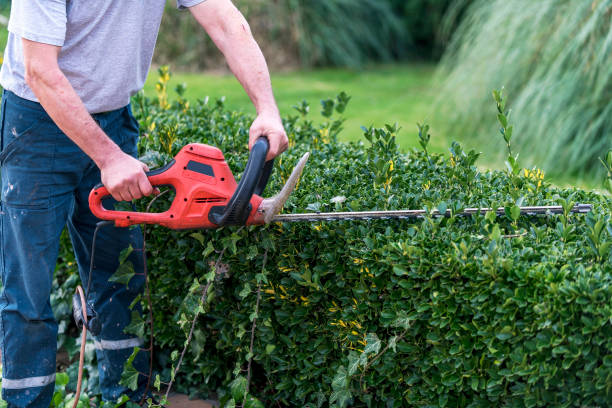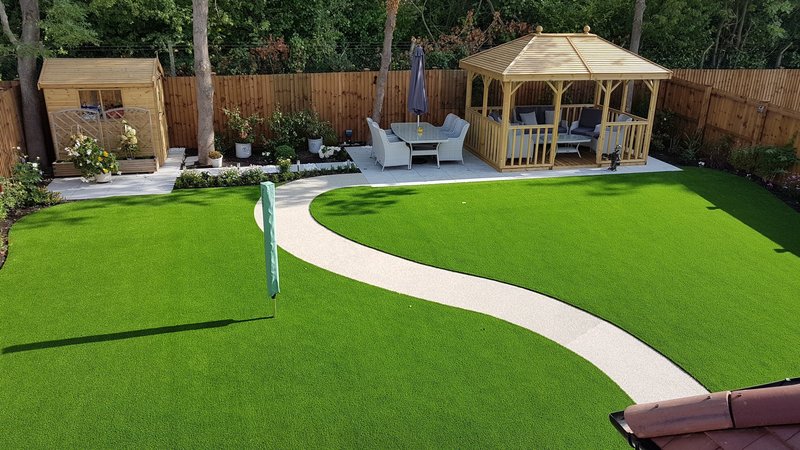All Hedges Require Trimming At Least Every Year, But Some Need To Be Cut More Often
Regular, light trimming is more beneficial for the hedge and is easier to do as opposed to frequent extensive pruning. There is also less to get rid of. A well-maintained hedge can provide the perfect boundary for your garden. However, when left untreated it can become sloppy and look untidy, or casting a shade that is not needed. If you adhere to a regular pruning schedule, you can manage your hedges without a lot of effort. If hedges remain untrimmed, they will expand upwards and eventually become “leggy” with a thin appearance at the bottom and denser toward the top. It is important to take care in the beginning to hedge trimming the plants in order they grow into a robust and durable hedge.
Many hedging plants can form huge trees or even plants if they are not regularly maintained. They generally react to trimming the vertical height by forming side shoots. Sometimes, it is necessary cut verticals to encourage a bushy sideways growth, even while vertical height is needed. This is part of creating a well-formed and efficient hedge.
Most Hedges Must Be Cut To Form The Desired Shape Prior To When The Hedge Reaches The Desired Height
Do not let the plants grow without trimming to the desired height prior to shearing. At the time you have finished, it’s too late to obtain maximum branching at the bottom. When the hedge is reaching, the size you want cut it off with a sharp edge to ensure it stays within the boundaries.
Begin by cutting the top of the flat. If the hedge isn’t too long you should be able to cut it by your eyes, but you should be able to step back periodically to observe your progress. If you’re not sure you can trust your eyes, put two stakes through the soil and extend an long string through them, to serve as cutting guides. Cut the sides to make the top narrower than the bottom. Clean up trimmings from the top of the hedge as well as from the bottom of the hedge, to avoid the spread of fungal diseases.
Formal hedges that are low growing and used to create parterres, knot gardens or for boundaries around garden beds are maintained tidy by trimming them twice per year. Cut the box hedging in the spring, and in the middle of summer. String is strung between stakes to make sure the top is flat, after that, cut it horizontally. While informal and native hedges are permitted to grow naturally to ensure that, their appearance isn’t ruined but that doesn’t mean they won’t have to be cut. If left untreated, they may become too tall or grow over the top. To maintain them in good shape, it is recommended to periodically take out old stems using secateurs.
The Development Of An Evergreen Hedge Starts With Choosing Young Plants That Are Between 1 And 2 Feet Tall
After planting cut, back the plants by one-third of their height. This includes the stronger branches on the sides. This will result in low branches. In the bud-break season, cut off half newly sprouted growth. The following year, cut off the top half of the growth to encourage the growth of branches.
After the 3rd year of age, you can begin making shapes. Hedges are typically shaped with flat tops and sides that are vertical. It is not always successful. The most effective form in terms of plants are concerned is the natural shape – the top is rounded or slightly pointed with the sides slanting towards an extended base. After pruning the plant initially to encourage low branching, the lower branching can be maintained by making that top more narrow than the bottom to allow sunlight to reach all the leaves in the plant. Peaked or rounded tops assist in shedding snow that, if not removed, can cause branches to break.




